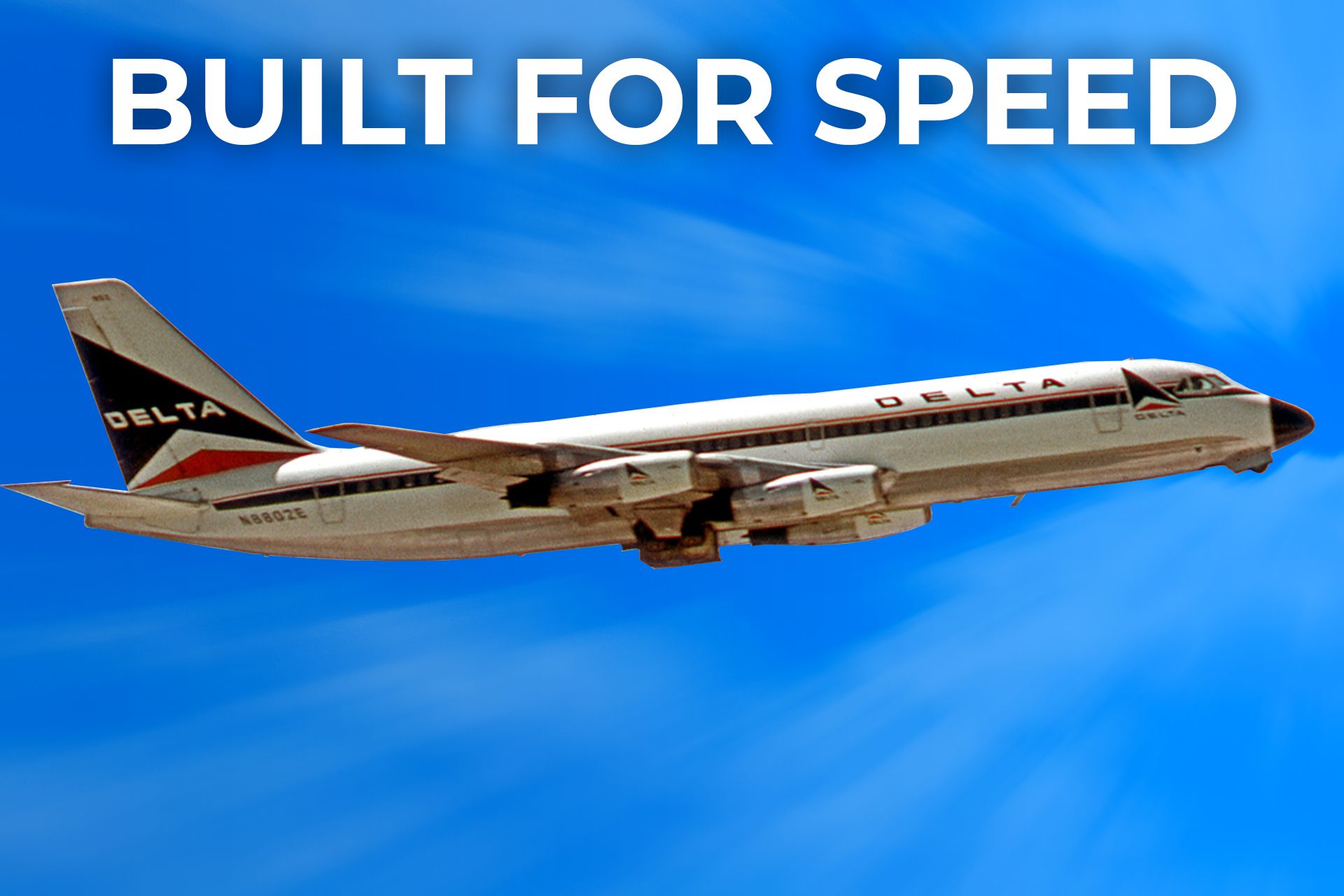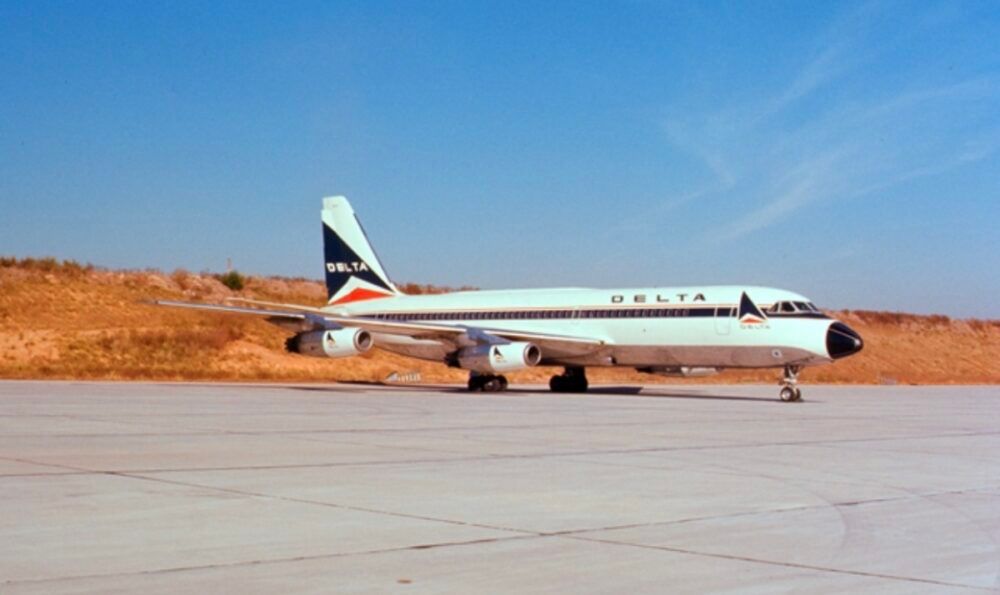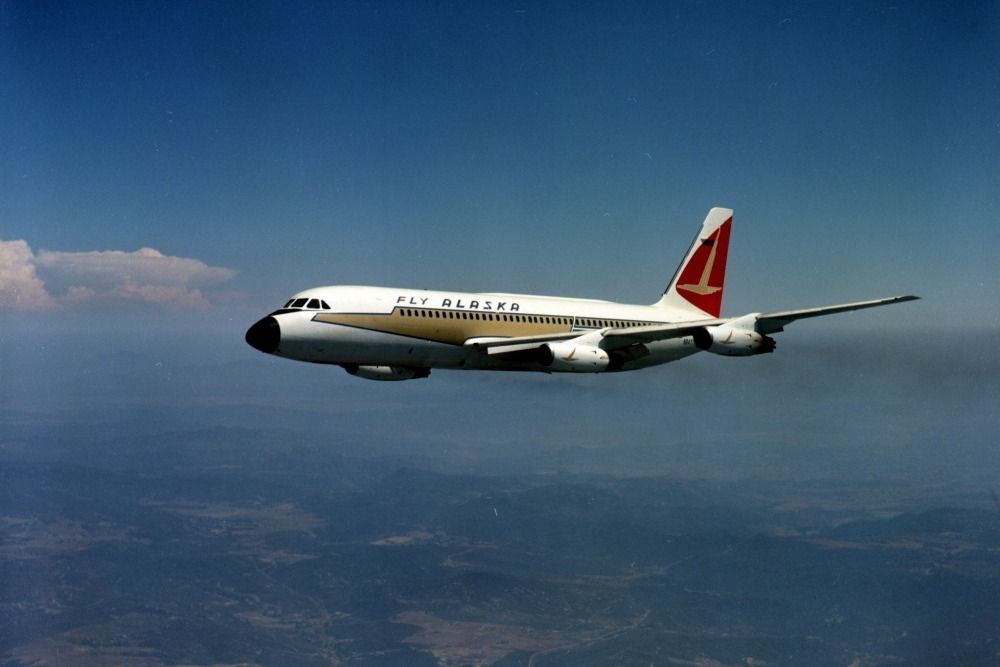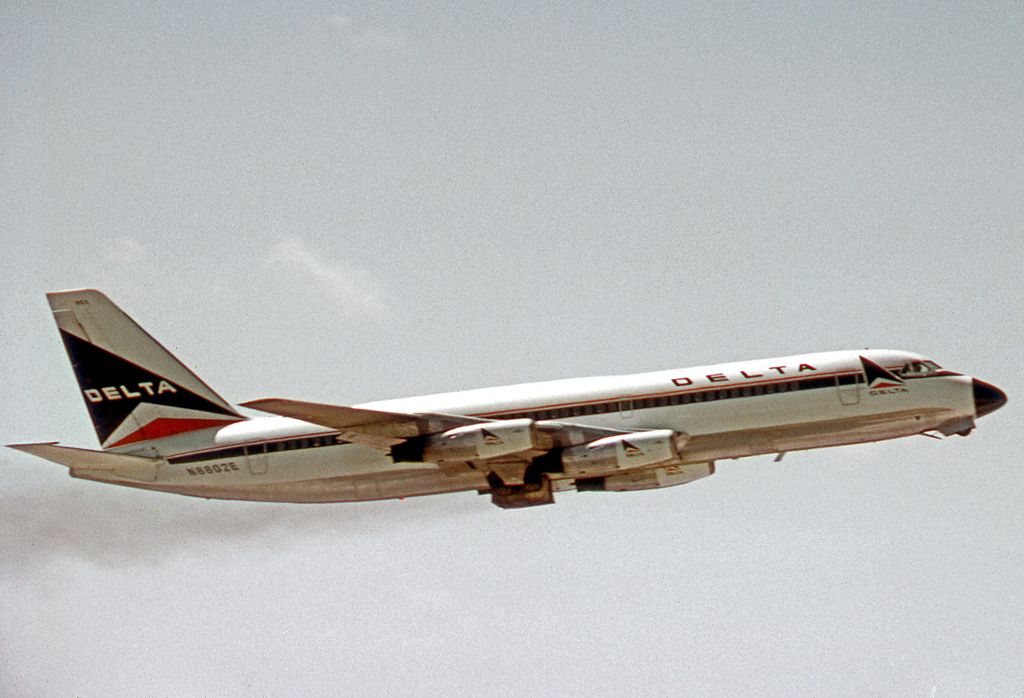Summary
- The Convair 880 was introduced in 1960 to challenge Boeing and Douglas.
- It was the fastest commercial jet until the Boeing 747, which Delta, TWA, etc used.
- Not widely successful commercially; retired by most operators by 2000.
The Convair 880 was a narrowbody jetliner produced to compete with the Boeing 707 and Douglas DC-8 in the mid-1950s. The aircraft performed its first flight in January 1959 and entered commercial service with Delta Air Lines in May 1960. Convair 880’s short and narrow fuselage helped it become the fastest commercial quadjet in the aviation industry until the Boeing 747’s arrival.
Competition heating up
|
Convair 880 Performance |
Specifications |
|
|---|---|---|
|
Cruise speed |
470–534.5 kn (870–990 km/h) |
|
|
Operational range |
2,503 NM (4,636 km) |
|
|
Service ceiling |
41,000 ft (12,000 m) |
|
The Convair division of General Dynamics produced the 880 to compete with the Boeing 707 and Douglas DC-8. As the Delta Flight Museum highlighted, the type entered service with Delta Air Lines in May 1960 as the modified 880-22M and first flew between Houston and New York City.
Photo: Delta Flight Museum
According to promotions, Convair billed the 880 as the world’s fastest jet passenger plane. The company suggested passengers could ‘race with the sun’ at 615 miles an hour, claiming that the jet would cut passenger times in half and was designed to operate from hundreds of existing airports. The firm highlighted that the plane brings quiet, ‘vibrationless’ flights to travelers in both small and big cities.
1962’s United States Aircraft, Missiles, and Spacecraft publication shares the following about the type:
“The basic Convair 880 was designed for operation from runways of 5,000 to 8,000 feet and for favorable operating costs on medium range up to transcontinental flights. Its sister airliner, the Convair 880-M, offers increased range, fuel capacity, operating weights and shorter runway requirements. It has wing leading edge slats, power boost rudder, and engines with increased thrust. Both Convair 880s can cruise at 615 miles an hour,
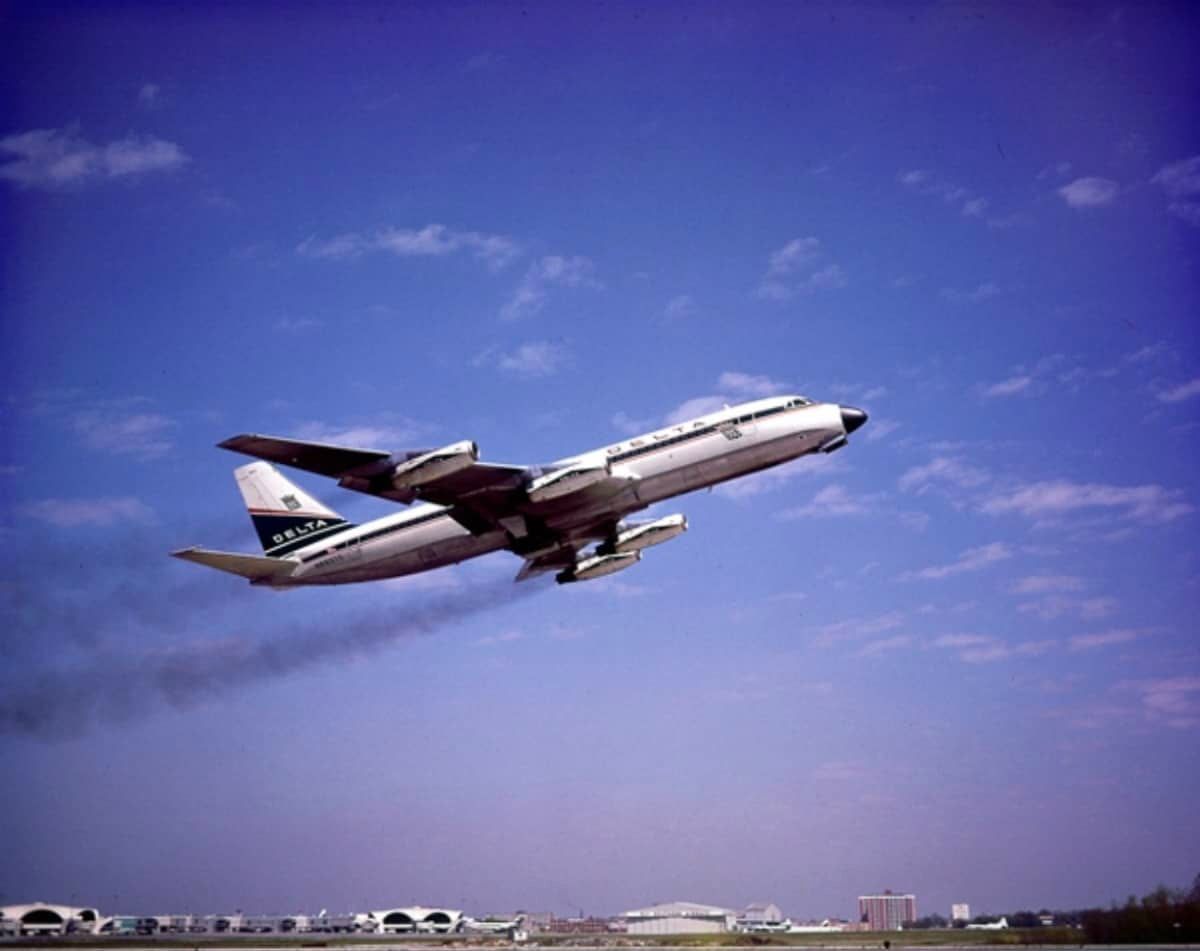
Related
Meet The Convair 880: Delta’s Jet That Set a Speed Record
“Range of the basic 880 with first-class payload and normal fuel reserves is 3,200 statute miles. In a first-class, two-abreast seating arrangement as used by initial operators, the 880 carries 84 passengers. In a five across coach configuration it will carry 110 persons. The basic 880 received its FAA airworthiness certificate May 1, 1960, and went into commercial service on May 15, 1960. The first flight of the 880-M was October 3, 1960, and FAA certification was obtained on July 25, 1961.”
Plenty to shout about
According to The Delta Flight Museum, Delta’s Convair 880 was introduced with the following specifications:
- Capacity: 84 passengers (all first class when delivered)
- Length: 129 ft 4 in (39.42 m)
- Height: 36 ft 3.75 in (11.07 m)
- Wingspan: 120 ft 0 in (36.58 m)
- Range: 2,600 miles (2,259 NM)
- Cruise Speed: 586 mph (943 km/h)
- Engines: 4 x General Electric CJ-805-3B
These specs helped Delta set a new coast-to-coast commercial speed record. The delivery flight from San Diego to Miami on February 10th, 1960, was completed in just three hours, 31 minutes, and 54 seconds. The very next day, the carrier broke its record on a flight from Chicago to Miami, reaching a top speed of 715 mph during a 1,258-mile trip. The duration was one hour, 50 minutes, and 55 seconds.
Initially flying across the United States, Delta began international Convair 880 service to Caracas, Venezuela, and Montego Bay, Jamaica, in 1965. Delta flew 17 units of the type in total before retiring it in 1974.
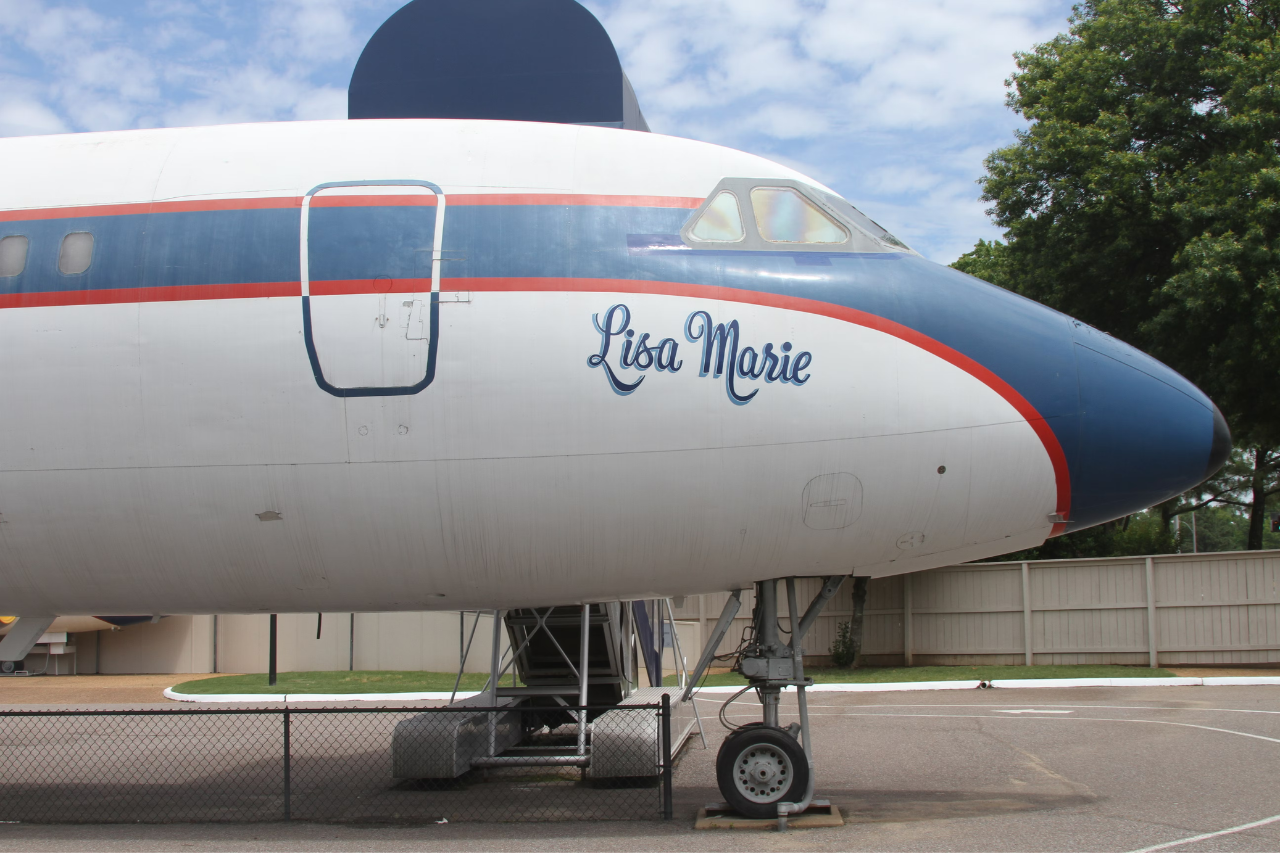
Related
4 Cool Facts About Elvis’ Convair 880
The former Delta Air Lines jet is adorned with 24K-gold-plated finishes
Across the industry
Other notable operators of the 880 series were Northeast Airlines, TWA, Alaska Airlines, Civil Air Transport, VIASA, Swissair, and Japan Air Lines.
The Convair 880 helped usher in the jet age for several of the market’s major players. For instance, Alaska Airlines’ first jet aircraft, registration N8477H, joined the fleet in 1961, bringing the carrier into a new era. Seeing success with jetliners, the carrier began investing in more types in the following years, with the Boeing 727 landing in the fleet in 1966.
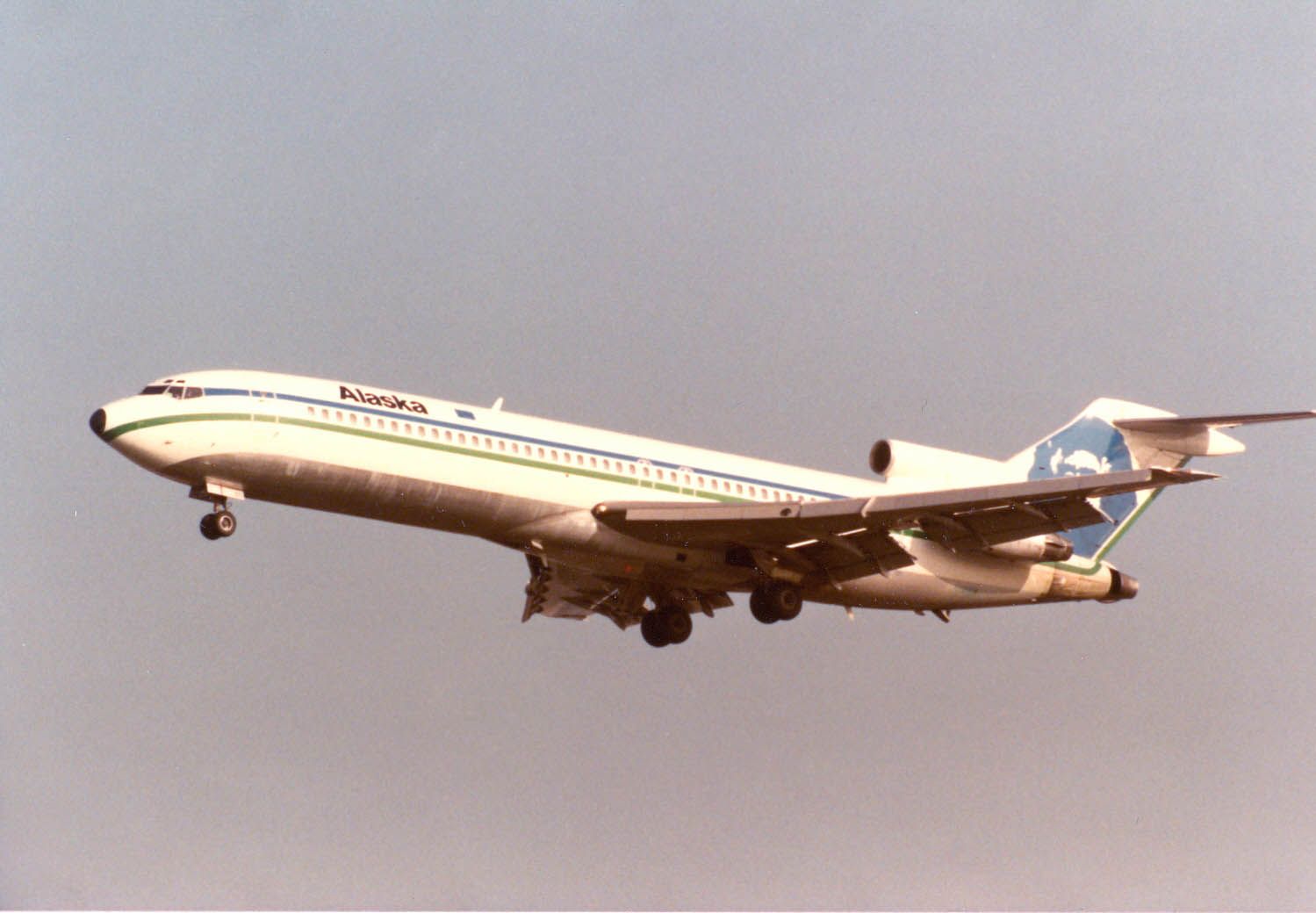
Related
What Were Alaska Airlines’ First Jetliners?
Alaska Airlines started flying jets with a Convair, but came to rely on the Boeing 727 to grow.
A stretched and faster version, the Convair 990 Coronado, was also produced at the request of American Airlines. This model flew for the first time on January 24th, 1961, and entered service the following year, but the 990 project didn’t last so long. A total of 37 examples were produced between 1961 and 1963, and it was retired from commercial service in 1987. Yet, NASA continued operations with it until 1994.
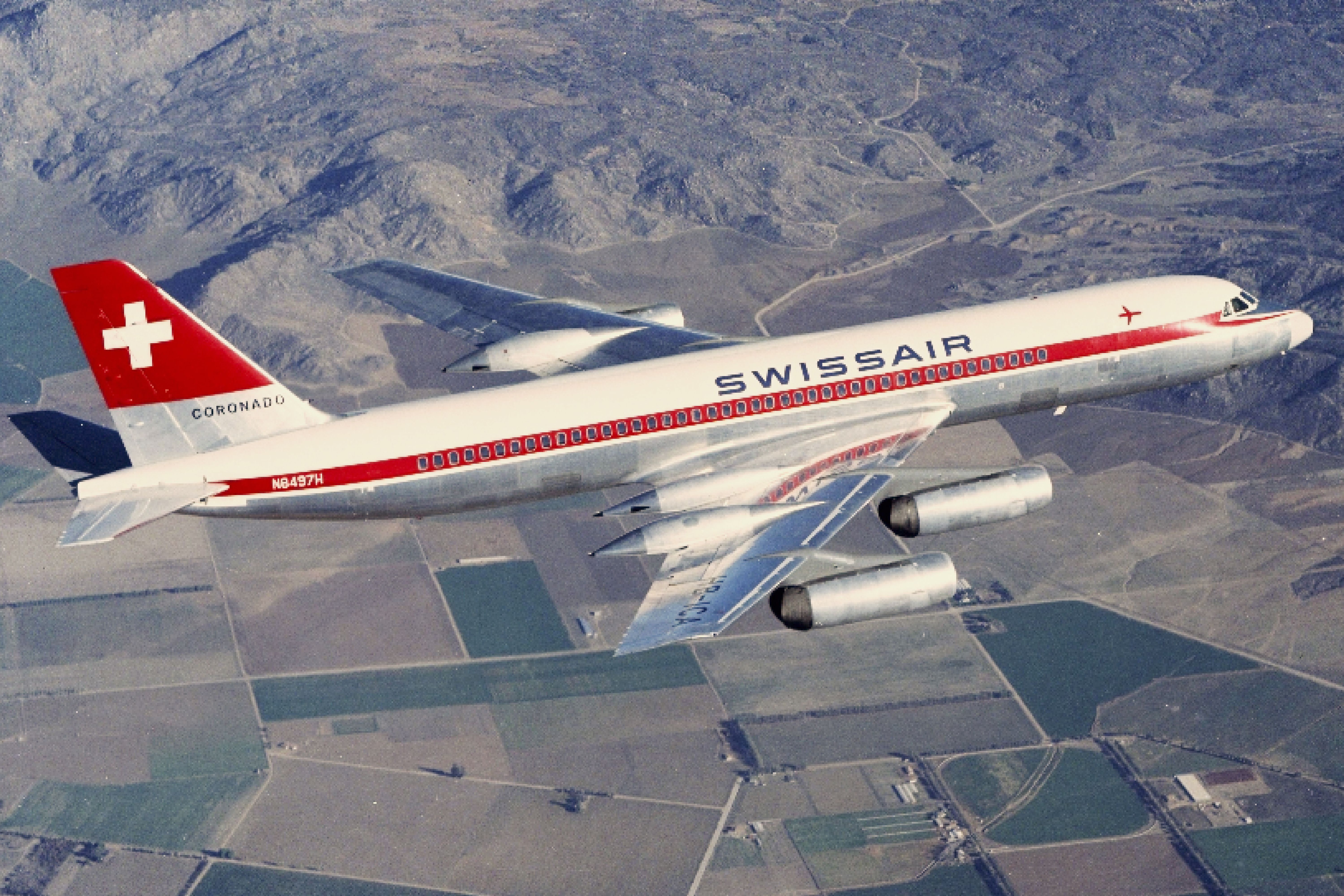
Related
Fast But Thirsty: A Look At Convair’s 990 ‘Coronado’
The jet’s operating economics were ultimately its downfall.
Over the decades, the 880 has been in the hands of esteemed customers. None other than ‘The King of Rock and Roll’ himself chose the aircraft to take to the skies. Elvis Presley took on a former Delta Air Lines airframe in 1975 and named the aircraft after his daughter, Lisa Marie.
Elvis’ unit was kitted with some cool features. Notably, the modifications cost more than triple the cost of the plane itself. The King purchased the plane for $250,000 (approximately $1.2 million today). He then spent over $800,000 (approximately $8.2 million today) on customizing it.
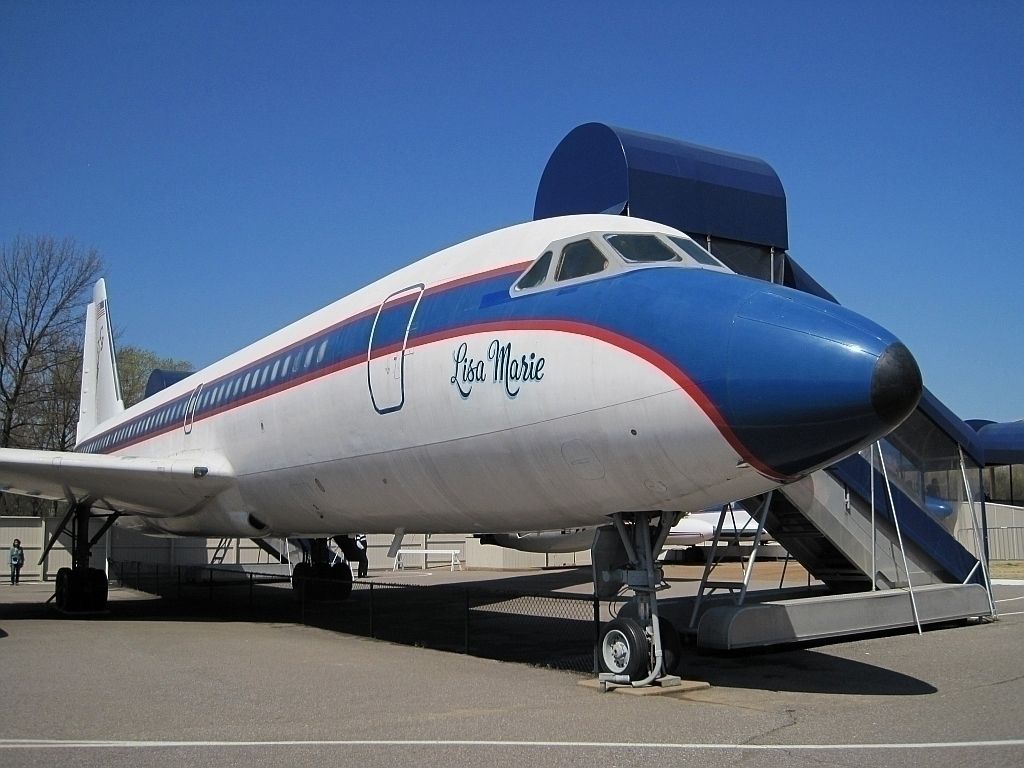
Related
What Happened To Elvis Presley’s Convair 880 Lisa Marie & Lockheed JetStar Hound Dog II?
A look at two of the legend’s means of private air transportation.
Lavish features included a master bedroom, sitting room, lounge, and conference room. There were also plenty of gold accents throughout the cabin.
Between 1959 and 1962, 65 Convair 880s were produced. American Jet Industries began taking on former commercial units for various tasks, including freighter conversions. However, most remaining examples were scrapped by 2000.
What are your thoughts about the Convair 880? What have you made of the overall operations of the aircraft over the years? In the comment section, let us know what you think of the plane and its history.

